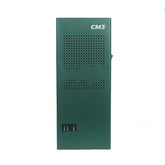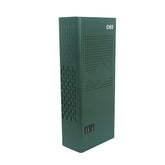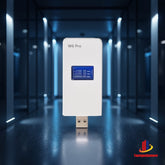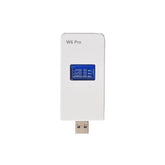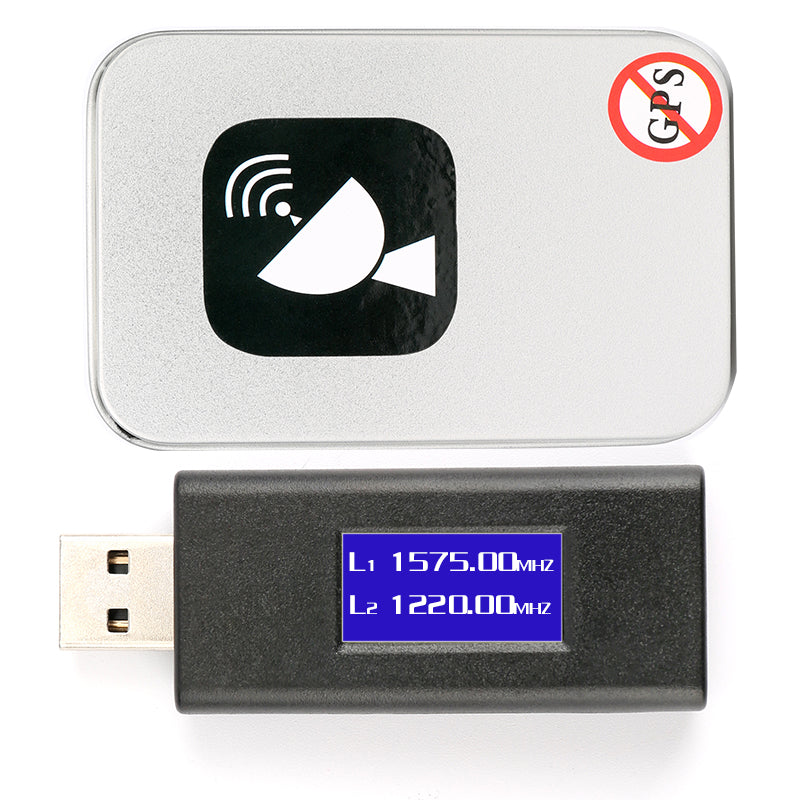Does the signal jammer have the same shielding range for different cell phones?
Full-band signal jammers can be used to interfere with a variety of wireless signal types, including not only mobile communications (2G/3G/4G/5G), but also GPS, Wi-Fi, Bluetooth and other frequency bands. These wireless signals have different transmission power, propagation characteristics and anti-interference capabilities depending on the standard and frequency. Therefore, the shielding range of full-band jammers for different mobile phones is not the same.
1. Frequency differences determine shielding effect differences
The current domestic mobile communication frequency bands roughly cover 700MHz to 6000MHz, among which different mobile phones (such as GSM, CDMA, WCDMA, LTE, NR) use different frequency bands and network structures. For example:
2G (GSM): 900MHz / 1800MHz
3G (WCDMA / CDMA2000): 1900MHz / 2100MHz
4G (LTE): 1800MHz / 2300MHz / 2600MHz, etc.
5G (NR): mainly concentrated in mid-frequency bands such as 2600MHz, 3400–3600MHz
Since wireless signals in different frequency bands have different transmission distances, penetration and interference sensitivity, even in the same environment, the shielding effect and effective distance of the GPS signal jammer on each frequency band are significantly different.
2. Signal strength and operator strategy affect the actual shielding range
A mobile phone usually receives signals from multiple frequency bands to ensure network coverage and communication quality. In addition, the frequency bands and powers of base stations deployed on site by various operators also vary. Therefore:
Some frequency band signals may be particularly strong in a certain location (such as the direction of the base station or close distance);
Even if some frequency bands are blocked, the mobile phone may continue to communicate through other frequency bands that are not completely interfered.
This means that to achieve complete signal shielding, the signal of the strongest frequency band on site must be identified and interfered.
3. How to improve shielding effect and control cost?
Scientifically deploying and controlling the frequency environment on site is the key to improving shielding efficiency and reducing deployment cost. The following suggestions are made:
Spectrum scanning and signal analysis:
Use spectrum analyzer or signal test equipment to identify the main signal source and intensity distribution in the target area.
Targeted configuration of interference modules:
Based on the known strong signal frequency band, high-power interference modules are equipped for precise strikes to improve interference efficiency.
Dynamically adjust shielding strategies:
For complex environments or scenarios where multiple operators coexist, the output power of different modules can be adjusted, or directional antennas can be used to enhance the interference effect in specific areas.
Compared with blindly pursuing full-band coverage, this **"focused interference + reasonable power allocation"** approach achieves a better balance between cost and effect, and is suitable for most security, confidentiality, examination and other application scenarios.


